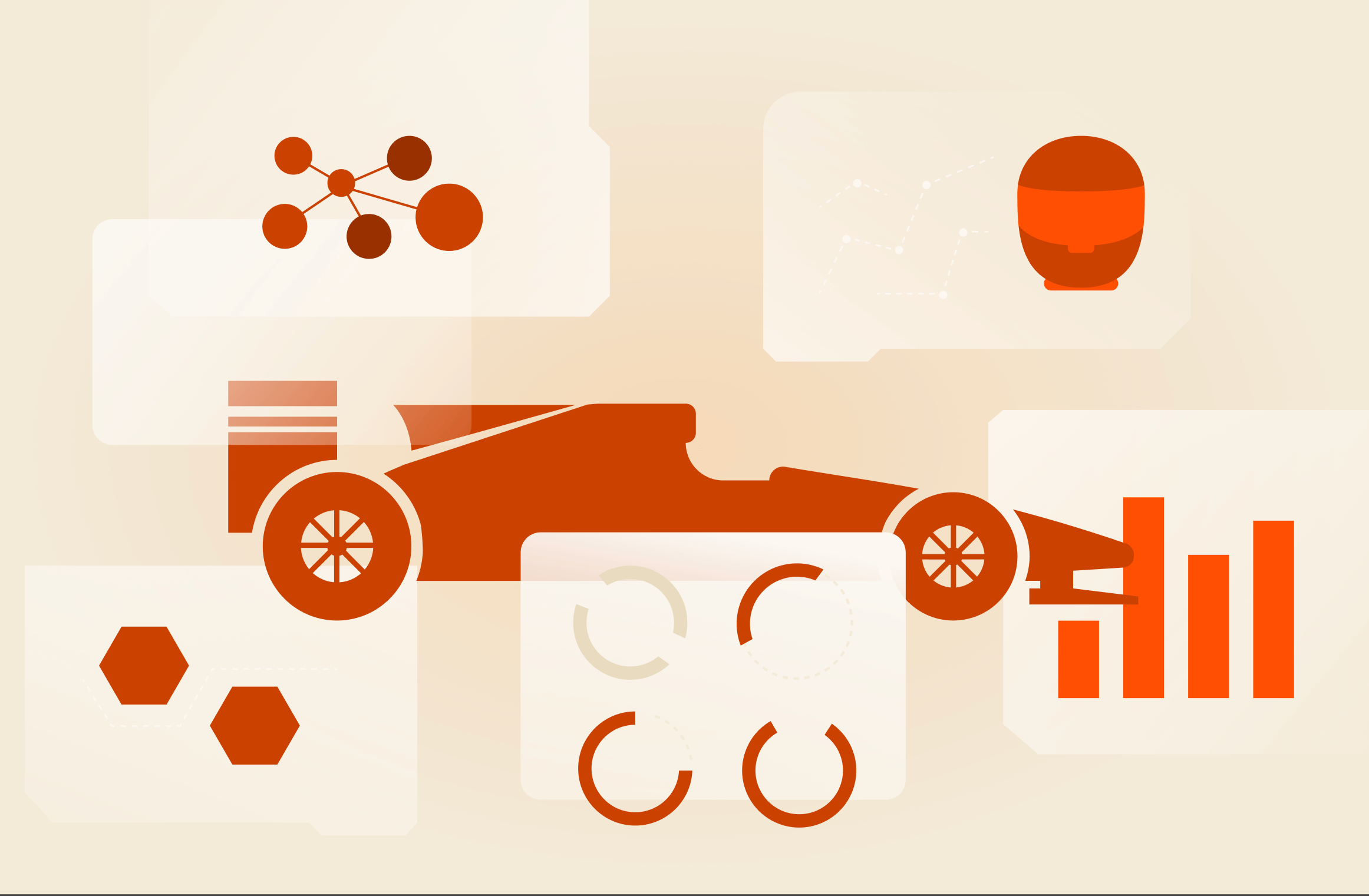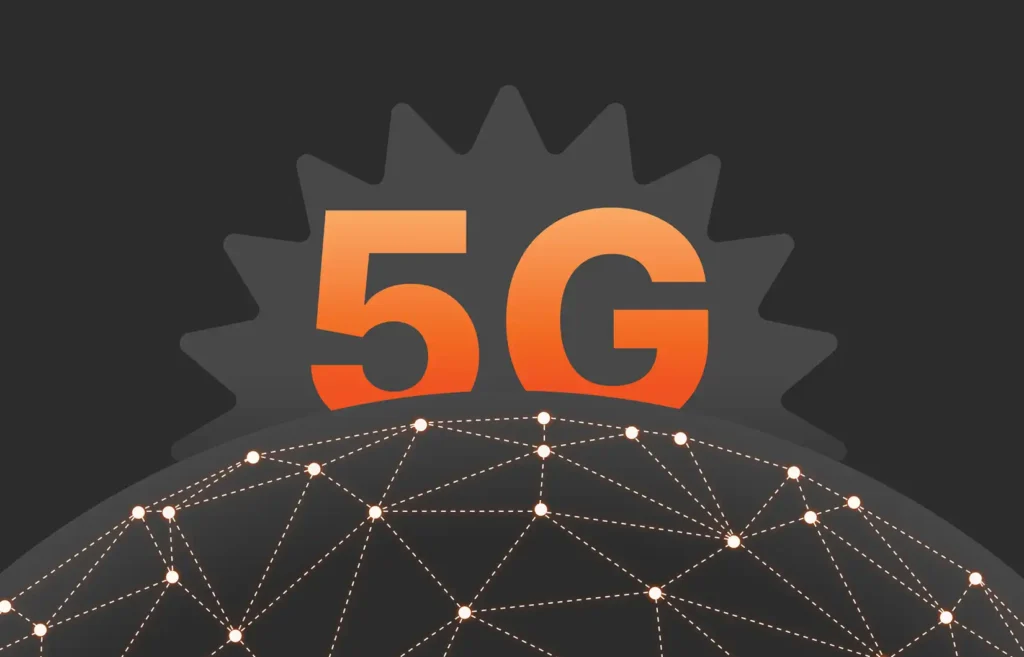Before the 2022 Canadian Grand Prix, Sky Sports reporter Rachel Brookes asked Fernando Alonso, starting at P2 on the grid, “I know you’ve joked about passing Max into turn 1. Is that a realistic possibility, do you think? Podium today?”
“It depends how we do the first 50 meters,” Alonso replied. “In the simulations we have; it’s not realistic. I think P6, P7 even, is our natural position.”
How was he able to (candidly) predict P6 or P7?
It all comes down to data—specifically, outcomes from high-tech race simulators.
But these aren’t arcade-style simulators; they’re hyper-realistic, data-driven systems powered by algorithms that are fed data from cars, tracks, and competitors. Here’s a look at how these simulators utilize data and what they can help reveal.
What Are F1 Simulators?
Simulators are like virtual race cars that allow drivers to see and feel what it’s like to drive a car on a given track. The simulator creates a “digital twin” of the physical car (with nuances, depending on the car’s setup) and the track (also with nuances, right down to bumps and surface conditions). Screens, sounds, a steering wheel, and pedals all bring it to life.
The simulator has two main tools:
- The Race Planner creates visualizations of each driver’s potential outcomes, from start to finish. This can guide conversations with drivers about their strategies, what to be ready for, and how to prepare for certain outcomes or situations.
- The Monte Carlo Model pools randomized factors to create millions of simulations of a full race picture. This allows the team to identify the probability of certain outcomes. This is enormously important for the race strategy team, who can use this to come up with plans to influence the likelihood of certain outcomes and stay ready for others on the fly.
What Are the Benefits of F1 Simulators?
With regulations limiting track testing time on a given weekend and only two cars to test, the simulator is an increasingly important performance tool. Teams can run exponentially more tests and scenarios than they would be able to on the physical car alone. It’s not only a major intelligence tool, it’s also sustainable and economical.
Other strategic benefits include:
- Car development and improvement. Before committing to making physical changes to the car, drivers can feel out and test different aerodynamic and mechanical setups.
- Driver practice between races. There’s a reason they’re called “driver in the loop” simulators: It’s all about the driver, allowing them to interact with the car and get to know new tracks—prepping for braking points, bumps, and lines virtually during all the hours between on-track testing.
- Race weekend preparation. It’s not limited to just the car—it can also predict outcomes for the rest of the field and the entire race, which we’ll look at in more detail below.
How Do F1 Simulators Use (and Create) Data?
In a word: algorithms.
Algorithms and machine learning models make it possible to turn millions of data points into conclusions, patterns, and predictions. Each aspect of the car has its own model and, altogether, they contribute to a full representation of the car. Development drivers can provide feedback about what it’s like to drive different car setups on various tracks. This turns subjective experiences into actual, algorithmic improvements to the simulator, making everything more realistic and effective.
Simulators are typically run about four days a week between races, often logging up to two full race distances a day, creating around 100GB of data each week, which then gets analyzed by the team. Because the output of algorithms depends on the quality of data going in, the benefits of simulators include very clean, precise data sets which provide an excellent picture of the car without the effects of randomized external factors such as other cars on the track, weather, and more.
How Are F1 Simulators Used during Race Weekend?
Simulators create data visualizations from millions of data points that tell a variety of stories. One of those is race outcomes and the likelihood of each. Teams can forecast how a lap will go, start to finish—excluding factors such as crashes, mechanical failures, and environmental circumstances (like the infamous gophers at Circuit Gille Villeneuve in Montreal).
This helps teams prepare for each scenario, determine the best car configurations, and be ready for the track and the weather. There may be Plan A, B—even a Plan E and F—all discussed, practiced, and ready to execute.
Over the weekend, simulators are a key part of the data-fueled loop between the track and factory. Pre-race testing data is sent to the factory where engineers can recreate issues uncovered at the track and develop ways to address them. Solutions get sent back to the race engineers, creating a tandem approach that ensures every angle is covered. Data is the connective tissue between everyone, helping them work toward the same goal: wins.
Predict Outcomes and Opportunities with Pure Storage
Pure Storage technology can ensure terabytes of data are fast, available, and secure. Off the track, predictive analytics is one of the most compelling use cases for our customers. This intelligence creates an advantage that helps our customers improve decision-making, avoid supply chain disruptions, optimize resources, and stay ready for anything.

The Innovation Race
Reducing Risk and Navigating the AI Frontier for Future Success








